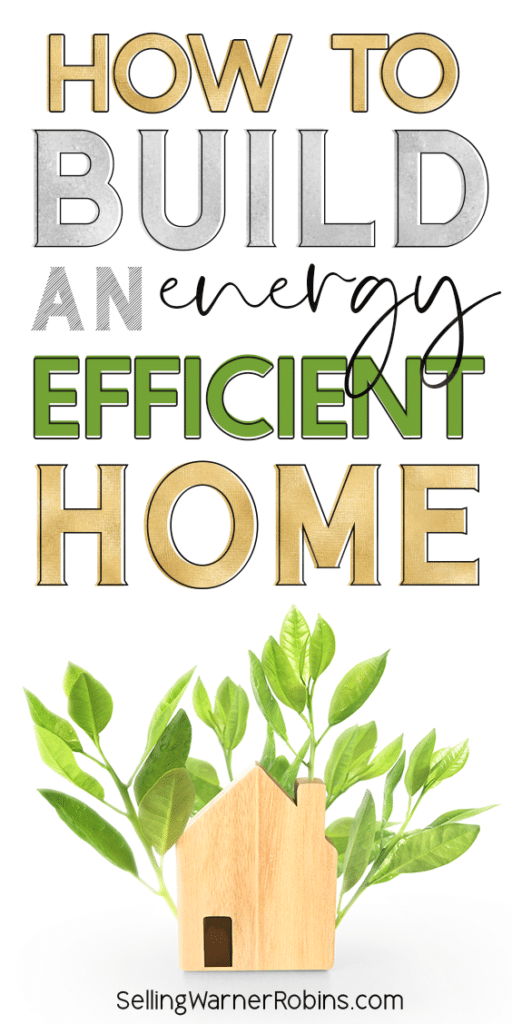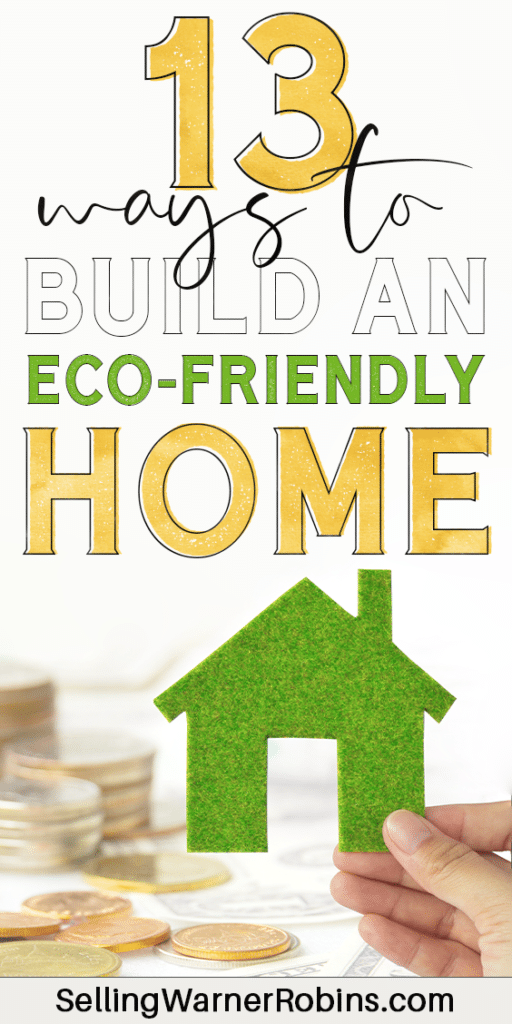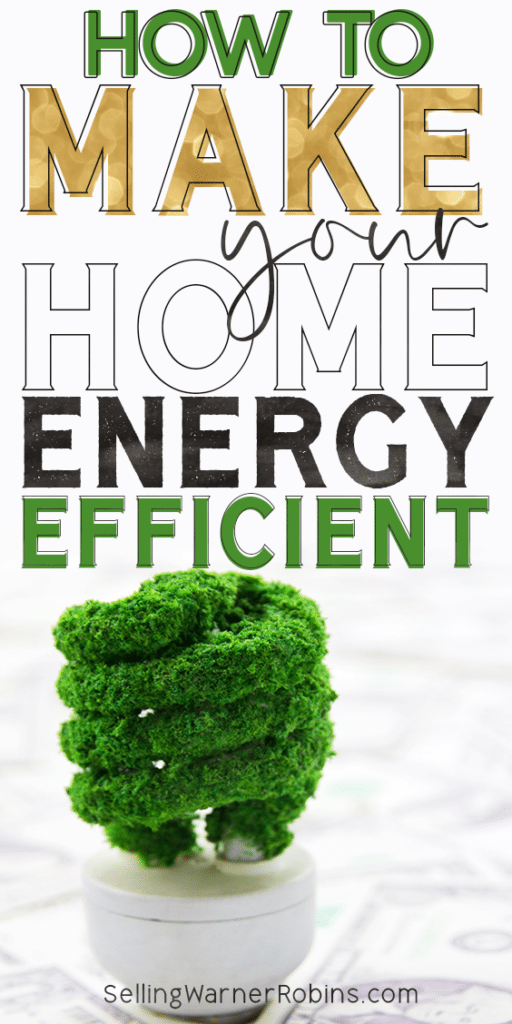13 Eco Tips for Building a House

Over the last decade, eco living became enormously popular among people from various backgrounds. The benefits of going green are numerous, from saving the environment to positive results on health and mindset, for instance, in terms of going vegan or vegetarian. At the same time, the ecological revolution doesn’t stop just on food or recycling trash – on the contrary, it’s becoming more and more apparent in many other areas of life, for example, in the construction industry. Below are a 13 eco tips for building a house, to get you on the right foundation, and set your new home experience up for success.
According to the experts, this strategy is not only easy but also may generate some savings. However, it also requires a bit of planning. To help you with this task and allow you to build the sustainable house of your dreams, we’ve prepared these eco tips for building a house.
Use Recycled Materials For Your New Property

Sustainable construction implies using materials that can be later reused. The kitchen and bathroom, for instance, may be completely remodeled with 100% recycled materials. When you’re designing your house, think about insulation, windows, and laminated beams as well.
There are recyclable alternatives for most building materials today so ensure you shop around before buying. This list includes brick, concrete, glass, plastic, and even metal.
Make sure you peruse your new construction cost estimate to ensure the contractor is using recycled materials if you are paying for these types of materials.
Choose Eco-Friendly Materials
Make sure that all materials used in your house are eco-friendly.
When it comes to carpentry, try to use wood from trees that have not been processed with chemicals or heat, such as bamboo, algaroba (a tree from the Brazil-Amazonia region); pau ferro (wood used for the manufacture of musical instruments).
Cement is made of sand and clay from casein (small grains) instead of limestone. Its manufacturing process is not harmful to the environment, which makes it a suitable choice. To reduce heat, choose cement containing factory refuse and post-consumer cement as they dissolve in water when used. Get the ready-made mixture instead of mixing it from scratch, as this saves time and energy.
Wood is a perfect choice for the construction of external walls. In case you don’t want to build an entire eco-house, you can still use wood in interior design, e.g., when creating flooring or a staircase. You may also use timber frame or straw bale construction, which are incredibly popular in the US and Europe. Also, there are multiple varieties of synthetic insulation you could use to make your eco house look great!
These days, more and more house owners decide to build an eco-friendly house or remodel their existing ones according to the newest, green trends, using, e.g., EPDM rubber roof membranes instead of other, less eco-friendly alternatives. Do your research before deciding on any option and always verify what you are getting is what you paid for.
Building A House With Eco-Friendly Electronic Devices
Look for electronic equipment with energy-saving features like light sensors that will allow you to save power. Choose electronic items that have been recycled instead of new ones to reduce your environmental impact.
Reuse old equipment either through repairs or selling it on websites such as eBay or Craigslist to lower costs while protecting the environment. As the saying goes, ones person’s junk is another person’s treasure, so keep that in mind before discarding any devices.
Build an Energy-Efficient House
The basic premise of sustainable construction relies upon using as little energy as possible while creating the most comfortable living space possible for the inhabitants. While designing your house, try to find ways to make it energy-efficient – choose solar panels or wind turbines to power your home, at least partially!
If you have a plan going in, it will make the process much smoother. You will also be prepared for the inevitable construction changes that will come up as you have your eco-friendly new construction home built!
Go Green When Building A House!
It’s not only environment-conscious, but it could also pay off financially in the long term! You can save on electricity bills thanks to solar panels, and even better – through proper insulation and building techniques, you can significantly lower your bills even without any solar panels!
If you take these simple steps, you can save a lot on electricity bills each month! Sure, purchasing all the necessary equipment will initially cost you quite a bit, but you’ll see, that in the long term, it is a worthwhile investment.
Add Eco-Friendly Features to Your House
Modern technologies have enabled us to add lots of cool, eco-friendly features that will not only make your house more beautiful but also more sustainable. Instead of adding heating ducts, install a system for underfloor heating. Use solar PV panels to power your house. Buy a hydrogen fuel cell or solar panels to heat water for when there’s no sun.
The important thing is to try to use as many eco-friendly materials and finishes as possible. You can lower your heating bills by adding more insulation and replacing windows with modern, energy-efficient versions. There’s no need for working visas and permits – it is easy and cheaper. Improve the structure of your house by replacing doors and windows or installing new wood flooring.
These small adjustments will not only improve the appearance of the house but also increase its value. If you are planning to sell your house in a few years, these improvements will also raise your chances of selling it more quickly, as more people will be interested in it!
Use Efficient Appliances

Modern appliances are much more energy-efficient than older ones. So if you’re planning to sell your house in a few years, replace all old appliances with newer ones. You can do it by buying new washing machines, fridges, dishwashers, etc. All these can be expensive investments, but they are worth it as they will save you some money from utility bills in the future while attracting potential buyers who care about their environment and sustainability.
Use Efficient Lighting For Your New Home
Without wasting energy on not quite energy-efficient light sources, you should install LED lamps in different parts of the house to get the same amount of luminosity as from standard light bulbs without burning them out too quickly or paying high electricity bills.
It’s a great way to reduce your electricity consumption and make your house safer at night as well! Apart from their long lifespan, LED bulbs are also quite cheap, so that not only will you save money on the utility bills, but the cost of LED lamps is going to be low as well.
Tips to Landscape Your New Home
When it comes to the environment, it’s always nice to give back. Recycle all your trash and use it for organic fertilizing of your plants or seedlings – this way, you can recycle your trash and grow some fresh vegetables!
If you live in a place where grass grows well, you can easily plant decorative trees or bushes – this way, you won’t just save on heating bills but also add some style to the home decor! Also remember, that trees on the side of the house will protect the walls from severe weather effects like heat or frost – so consider planting them!
Leave Some Space for Pets!
If you’ve made a decision to buy a house with a yard, it might be a good idea to leave some space for the dogs and cats to play outside. This will improve their physical and mental state, and your pets will be much easier to train.
Also, if you might get some wild animals living in the house – space out of the main household area is best suited for them! So think before it’s too late!
Keep Your Toilet Eco-Friendly
By using the traditional toilet, each year, you’ll use 400 liters of water. Also, an ordinary toilet will need cleaning and disinfecting quite often. In several years of use, you’ll spend thousands of dollars on toilet paper and maintenance. Thus, it’s only logical to go green when it comes to your bathroom! We recommend composting toilets – not only are they cheaper to maintain, but they also save a lot of money by reducing the need for commercial toilet paper and other bathroom items.
Why don’t you try a bucket composting system where you can throw in all organic materials? They’re also great for beginner gardeners who want to learn how to grow their own vegetables!
How To Build an Eco-Friendly House – Use Water Wisely
There are lots of ways to spend a lot of money on unnecessary energy consumption or water bills – for instance, using air conditioning in summer or even running a dishwasher when there are not enough dishes to fill the filter with.
Keeping your house cool during the summer is great, but even better is to use passive systems that won’t cost you much in terms of money or energy! Why don’t you try growing some herbs indoors and just add them to your meals?
A simple kitchen window is enough for letting water dry almost instantly and keep your air fresh and cool! Also, check out modern systems that allow you to choose when it’s time to flush the toilet – why don’t you try flushing after each trip? It may seem odd at first, but it really saves a lot on toilet bills!
Build a Garden And Grow Your Own Food

Growing your own food in a backyard garden is one of the most eco-friendly practices you can do for yourself and the environment. Not only will you save time and money, but you can also provide your family with healthy food all year round. For a small backyard space, you can build a garden by putting in raised beds or by planting the area.
If you have raised beds, you can simply fill them with topsoil and compost, and grow your veggies in them. It’s easier to plant, water, and maintain your garden when everything is on an even plane. Your garden will be more compact that way too!
Traditional Garden: If you don’t have raised beds or something similar, building a traditional garden is an option. You will be able to grow all kinds of crops, but it might take up more space for you. However, think about all the potential benefits. Wouldn’t you want to have easy access to fresh fruits and vegetables? We think that it is absolutely worth the effort.
Grow A Garden In Your New Home
Before deciding which materials to build your garden from, it’s important to make a plan first. The shape of the garden will depend on how much space you have available and how much time you want to spend building it. Having a plan ahead of you will help prevent wasting time building something that won’t work for you in the future.
To start planting, try learning about companion planting first. Companion planting is a way to adjust the crops in a vegetable bed by planting different vegetables next to each other so they can help each other grow better. For example, onions are planted near beans because bees are attracted to the scent of onions and they can help beans as well!
Another example of companion planting are tomatoes that are grown near basil because basil helps repel aphids that would otherwise attack tomatoes. Companion planting gives your plants a health boost which will result in higher yields as well as better taste!
Final Note: Don’t Overhaul Your Home
Final Eco Building Tips and Advice
There are multiple reasons to go green and build your own eco-house. Money-saving, health benefits, and a positive impact on the environment – it’s all great. However, you may still wonder why you should even think about going green when you can just buy a new house.
The answer is simple: there are over 17 million empty houses in the United States alone! This is an incredible waste!! So if you live in one of those and decide to rebuild or remodel your home according to the latest trends, you will not only save on electricity bills but also have an opportunity to help the environment by using the old building materials in a new way!
Finally, don’t go overboard during remodeling projects! If your home doesn’t look bad and everything works (the same goes for the electrical system) – don’t change everything all at once! It’s better to make small improvements here and there, so you could enjoy your home more while you live in it.
In this article, we have included numerous ways that could help you decrease your environmental impact while also helping your lead a comfortable and healthy life. However, remember that it is fine to start small. Making all the changes that we have mentioned would take a lot of time, and you don’t want to exhaust yourself by trying all the tips.
If you found this article on 13 key eco tips for building a house helpful, please share the article so more consumers can benefit from the information.
13 Smart Eco Tips for Building a House
About Anita Clark Realtor
Anita Clark has written 669 posts on this blog.
by Anita Clark Anita is a residential Real Estate Agent in Warner Robins Georgia, with Coldwell Banker Access Realty (478) 953-8595, aiding buyers and sellers with all their real estate questions on her Warner Robins blog.




